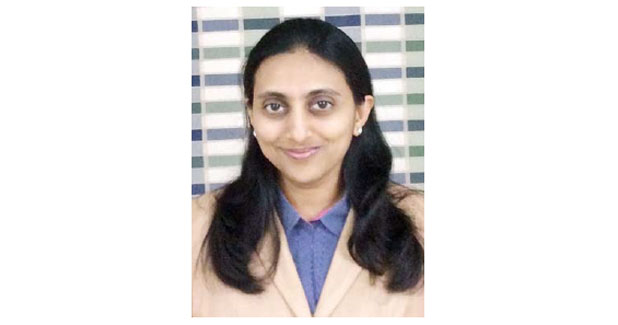
Pioneering systems for loom efficiency
Founded in 1975, Prashant Group is one of prominent textile machine manufacturing companies with modern infrastructure in India. The Group has co-operations with leading European & American textile machine manufacturing companies, which bring edge in updated technology and enhancement in products profile.
Founded in 1975, Prashant Group is one of prominent textile machine manufacturing companies with modern infrastructure in India. The Group has co-operations with leading European & American textile machine manufacturing companies, which bring edge in updated technology and enhancement in products profile. The Prashant Group comprises the following companies: Prashant Gamatex, Prashant West Point Machinery, Prashant Ferber, Prashant Texmach and Prashant Rostoni.
Amoli Shah, Director, Prashant Group of Companies, talks about the current status of the Indian textile machinery industry and its plans for ITMA event in November, in an interview with the ITJ team.
What do you think is the status of our textile machinery, parts & accessories industry — a SWOT analysis from your side.
Textile machinery manufacturing industry is one of the largest segments of the machinery manufacturing industry in India. This industry is more than 50 years old having well above 1,000 machinery and component manufacturing units. Over 80 per cent of the total production is coming from the six clusters: Ahmedabad, Coimbatore, Surat, Ludhiana, Mumbai and Bengaluru. These clusters are strategically located to serve the textile industry and have the ability to produce the kind of machinery required by the industry. The machinery manufacturing operation takes place both in the organised and the unorganised sectors. The industry provides direct and indirect employment to over 2,50,000 people.
Per capita spending on garments is growing rapidly in India due to increase in disposable income. Also the global demand of textile machinery is rising due to growing demand of textile industry. Today, textile machinery sourcing is majorly done from European countries, which is relatively costly. India is strategically located from most of major textile & apparel producing countries and India has good potential to explore global opportunities and tap global market.
The major problem in the textile machinery manufacturing industry is the lack of investment in R&D, except for the manufacturing units who have technical collaboration with reputed foreign companies. Very little progress has been made in the quality of the machinery produced. This has resulted in the import of second hand machinery especially in the area of weaving. Shortage of skilled manpower and high interest rates have been persistent issues. Lack of sustained support by the Government for technology upgradation has also added to the problems.
What are your company´s contribution (by way of technology & products) to the textile industry? And what are the plans for the future?
Prashant Group has always provided world-class technology in India. They are the pioneer to introduce new and innovative products. In the field of weaving preparatory machinery, Prashant Group is providing the highest level of technology at the appropriate price.
Resources are very important. Nowadays yarn, labour and space have become very expensive. To make our weaver more compatible in the world market, we have introduced the latest Robowarp sectional warping machine. This is completely automatic Robotic machine where with minimum yarn inventory, full length production is possible at faster rate. Leasing is completely automatic. No need to cut the lease after each section. No need to keep huge inventory. One robotic sectional warper can replace two high speed sectional warper. In technical textile field, Prashant Group is the pioneer to provide wider width direct warper – Polybeamer for geo textile application. Techtronic warper is suitable for glass fiber as well as for Kevlar yarn. In the sizing technology, our company offers high-tech multipoint servo technology to make sure that stretch and moisture are precisely controlled




